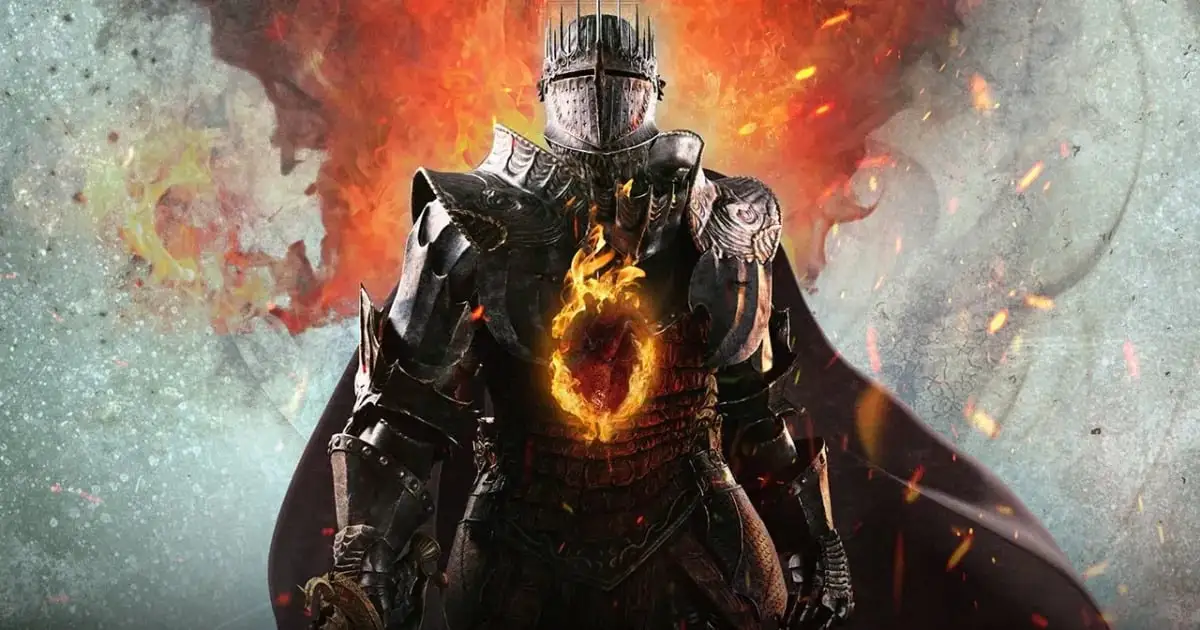A Critical Character Question
Better virtual actors (and technology) can only make your game better. But what is “better”?
Well, you could argue that better means characters that look “real.” Whether they’re human, alien, demonic or something else – a character that looks real could be described as better than one that doesn’t. You could argue that better means a character that moves, behaves and speaks realistically – and appropriately – in response to player input.
Certainly the hardware guys, 99 out of 100 publishers and most game industry observers would have you adopt that definition.
But it doesn’t seem likely that we’re anywhere close to characters that can pass the Turing Test (and do it while looking real, too!). And we’re not even close to solving problems like natural language processing, speech synthesis and procedurally generated content that results in great stories. We’re not even close to solving any one of those.
So what are we to do in the near term? At Junction Points Studios we’re thinking that a move to more iconic, not more realistic, characters might be the way to go.
Iconic Characters
As Scott McCloud says in is wonderful book, Understanding Comics, it’s easier to identify with an icon than a photo-real character, easier for a developer to put, and a player to read, emotion into a simple rendering of an iconic face than into a stiff, wooden simulacrum of a man or woman. And a character that doesn’t look “realistic” can’t be held to the same standards of realism and believability in movement or even behavior as one that mimics a human being (or tries to).
Obviously, the iconic approach won’t work for every game – frankly, it’s unclear the marketplace will support iconic characters at all, and it’s anything but certain that publishers will fund it – but for some games designed to be iconic rather than representational from the start, this is an approach we think holds a lot of promise.
A great narrative arc and great characters (realistic or iconic) count for little if you drop them in an uninteresting or poorly realized world. In a movie or a novel, the author or creator has complete control of viewpoint – in a game, that can be true, but, I’d argue, shouldn’t be.
If your player is on rails and your plot unfolds in a linear manner, you’re denying players one of the joys of gaming and ignoring one of the core characteristics of the medium – the opportunity to collaborate with users in the telling of the story.
We Want to Create Worlds
For that reason, I have a motto. (I have a lot of mottos.) The JPS team is probably sick of hearing me say this: “We want to create worlds, not movie sets.” (Hey, it’s my old Origin brainwashing coming back.)
World-creation implies freedom – to go anywhere, do anything. Practically speaking, it means far less, something more along the lines of broadening the range of available options so players can see and reason with the world in the ways they expect. Creativity happens within constraints – that’s true for developers and for players, so total freedom isn’t our goal. The magic of games based on simulation is in knowing where to constrain players.
Set creation implies player direction – you can only look at the surfaces or touch the things the creator wants you to. Doors lead nowhere; buildings are just flats with no interiors; books have no contents. Dig an inch below the surface and the artificiality of the world becomes apparent and it’s the suspension of disbelief that is, itself, suspended. I’m tired of games that drop me in a set, that try to make me the star of a movie.
World-building is flat-out a better answer, in my mind.
Building a world requires two things: belief and enough fidelity (through simulation or scripting) to give players room to play in freeform ways without encountering the limits of the world’s fidelity.
Fidelity is pretty straightforward: You need to put enough “stuff” in the gameworld, enough things to do and combine, enough objects to manipulate, deep enough AI and enough routes to navigate that players can try things out and make their own way through your maps.
Belief, as a guiding design principle, may require more explanation.
Building a world begins with belief. By that, I mean the developer’s belief that the place he or she is creating isn’t just a box containing toys to play with or puzzles that challenge players. If players are going to believe, you have to believe the place you’re building is real, serves a larger purpose, exists for the NPCs whether the PC ever shows up there.
Sheldon Pacotti (lead writer on Deus Ex and Deus Ex: Invisible War, and an incredibly talented writer, designer and programmer) clued me into this one day when we were discussing why the Serpent Isle and Deus Ex maps created by designer Steve Powers are so fondly remembered by players.
He said, “When I ask someone like Steve Powers about something on one of his maps, I get the sense that he utterly believes that the place is real. He might phrase what he’s doing in terms of techniques, but I think the method begins at that base level of believing in what you’re building.”
That idea intrigued me, so I went straight to the source – to Steve himself:
“An actor takes individual lines, but doesn’t just read them. He crafts a whole backstory, stuff that informs his line readings even if it’s never actually spoken. When I build a space for Jock in Hong Kong, I throw in little stuff, details that express elements of Jock’s backstory, even though they’re not relevant to the main thread. Players will find those little elements and they’ll spin their own versions of Jock’s story. Because it’s partly constructed by the player, Jock’s story and the world feel richer.”
– Deus Ex Designer Steve Powers
That is a very different approach, a different attitude than you get from many level builders or designers. If more designers adopted that approach I have no doubt we’d have more and better story games to play.
Virtual Dungeonmasters
Thinking about Sheldon and Steve and the way they approach the problem of world-building and storytelling, leads inevitably to the conclusion that good stories are constructed, not found.
But doesn’t that lead us inevitably back toward linear narratives, rollercoaster rides, where players have no control over events? We know we need a deep story with compelling characters and a world players can explore in a way no other medium allows. But how do we balance story needs and player freedom? Too much of either and both game and story suffer.
The easy answer would be to drop a Steve Powers in every game box. Sadly, that won’t work. Instead, we have to develop systems that dynamically modify local player actions, accommodate unexpected player choices and nudge players back on the story path while allowing them freedom to explore.
At JPS we talk a lot about how cool it’d be to build a virtual game master. (Heck, we used to talk about it at Origin and Looking Glass almost 20 years ago.) We didn’t do it then and we still haven’t done it. Mores the pity – we need a system that acts as our representative once players get their griefing hands on our carefully crafted works of art.
The simple truth is that you can’t get a well-constructed plot through emergence – not yet, anyway, maybe never. Good stories are constructed, not found. Personally meaningful stories, sure, but good stories with universal significance? That requires an author. The virtual game master, like a real, human game master in a face-to-face roleplaying experience, can really do some good here.
A good GM doesn’t throw out a good story because players act in unanticipated ways; a good GM modifies local actions a bit to accommodate unexpected actions while, simultaneously nudging players back onto the main story path – all the stuff I mentioned above.
Similarly, a director, rehearsing actors in a play, accepts improvisations that enhance the experience of the play, while guiding the actors along a specific path, constrained according to his or her own view of what the play’s really “about.”
Players need similar guidance as they play the open-ended story games I hope lie in our future.
“Hope” being the operative word – this is a really hard problem. All of the problems I’ve discussed so far are really hard. But, hey, we have the power of the Xbox 360, the PS3, the Wii and the PC now, so we can do anything right?
… To be continued
In the next installment, appearing in Issue 94 of The Escapist I’ll discuss how next-gen hardware makes approaching stories in games easier and harder, and offer my conclusions as to how we can use these tools to make even better games, which, I believe you’ll agree, is the whole point.
***
Warren Spector is the founder of Junction Point Studios. He worked previously with Origin Systems, Looking Glass Studios, TSR and Steve Jackson Games.
Next-Gen Storytelling is a four-part series. Part One appeared in this space on Thursday, April 19th. Part Two appeared, also in this space, on Friday, April 20th. Part Four, including Warren’s conclusions, will be published in Issue 94 of The Escapist, available on Tuesday, April 24th.



